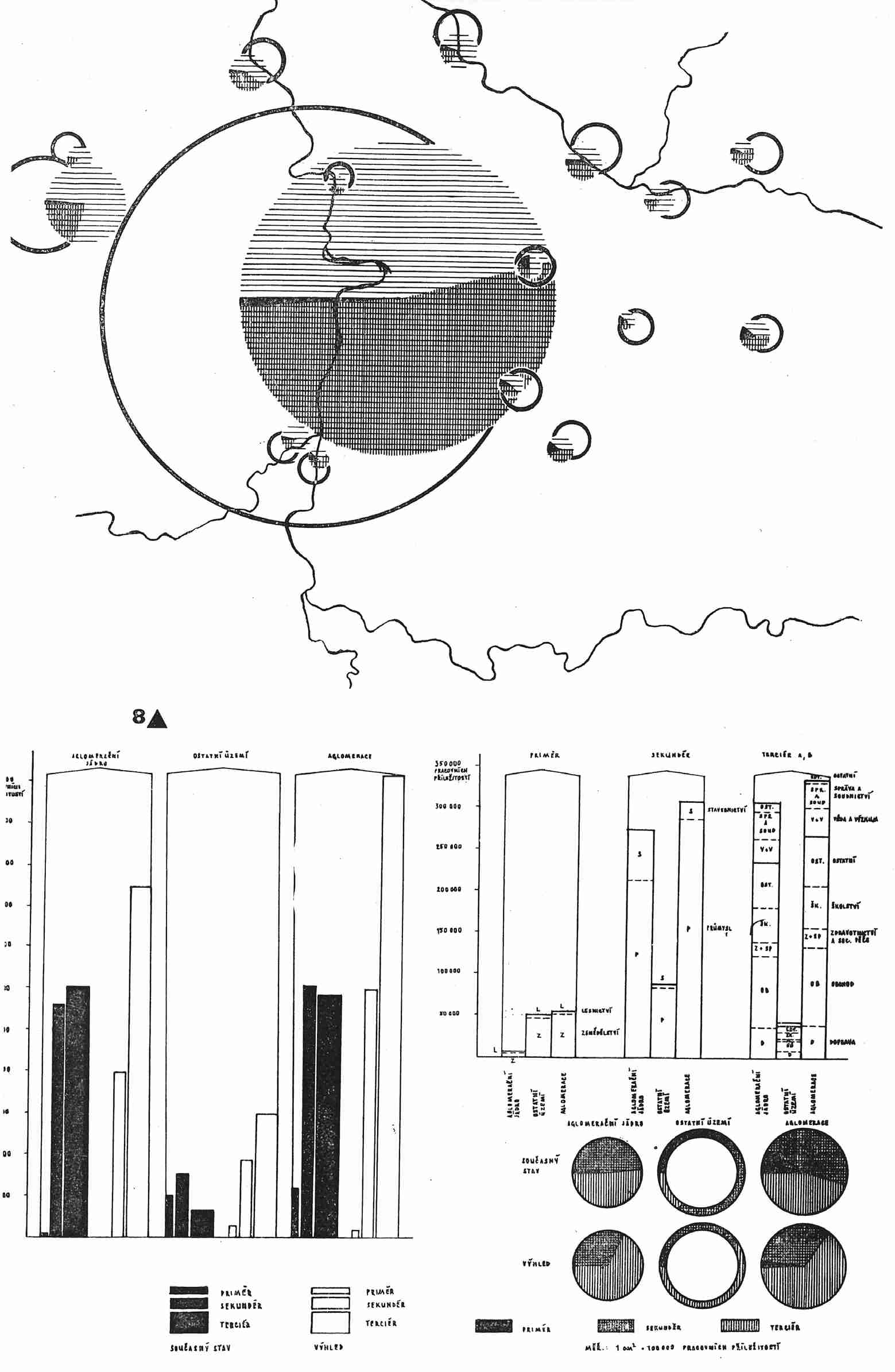A new spatial plan for Prague was adopted in 1964. During the approval process, the government took into account the recommendations of experts in urbanism, and, in the interest of the areas’ economic revival, took the first administrative steps towards a planned interconnection of the city’s economy with that of the neighbouring Central Bohemian Region. A working group consisting of employees of the Office of the Chief Architect of the City of Prague, the Terplan state planning institute and other institutions was commissioned to carry out a preliminary study for the Prague-Central Bohemian agglomeration spatial plan. The group was led by Jiří Hrůza, an urban planner and prominent Czechoslovak town planning theorist.The planners considered the scientific-technical revolution to be an important force in the future dynamics of housing and social life in the agglomeration. Research into the social context of the scientific-technical revolution was carried out by a group of experts led by Marxist philosopher Radovan Richta, whose conclusions were part of the Communist Party of Czechoslovakia’s ideological equipment from the mid-1960s. Contemporary sociological research provided another ideological basis for the project. Sociologists’ findings on the stratification of Czechoslovak society found their way into the concept of the spatial plan through a programme of targeted support for social mobility.
DOI: https://doi.org/10.31577/archandurb.2022.56.1-2.4

This work is licensed under a Creative Commons Attribution 4.0 International License
